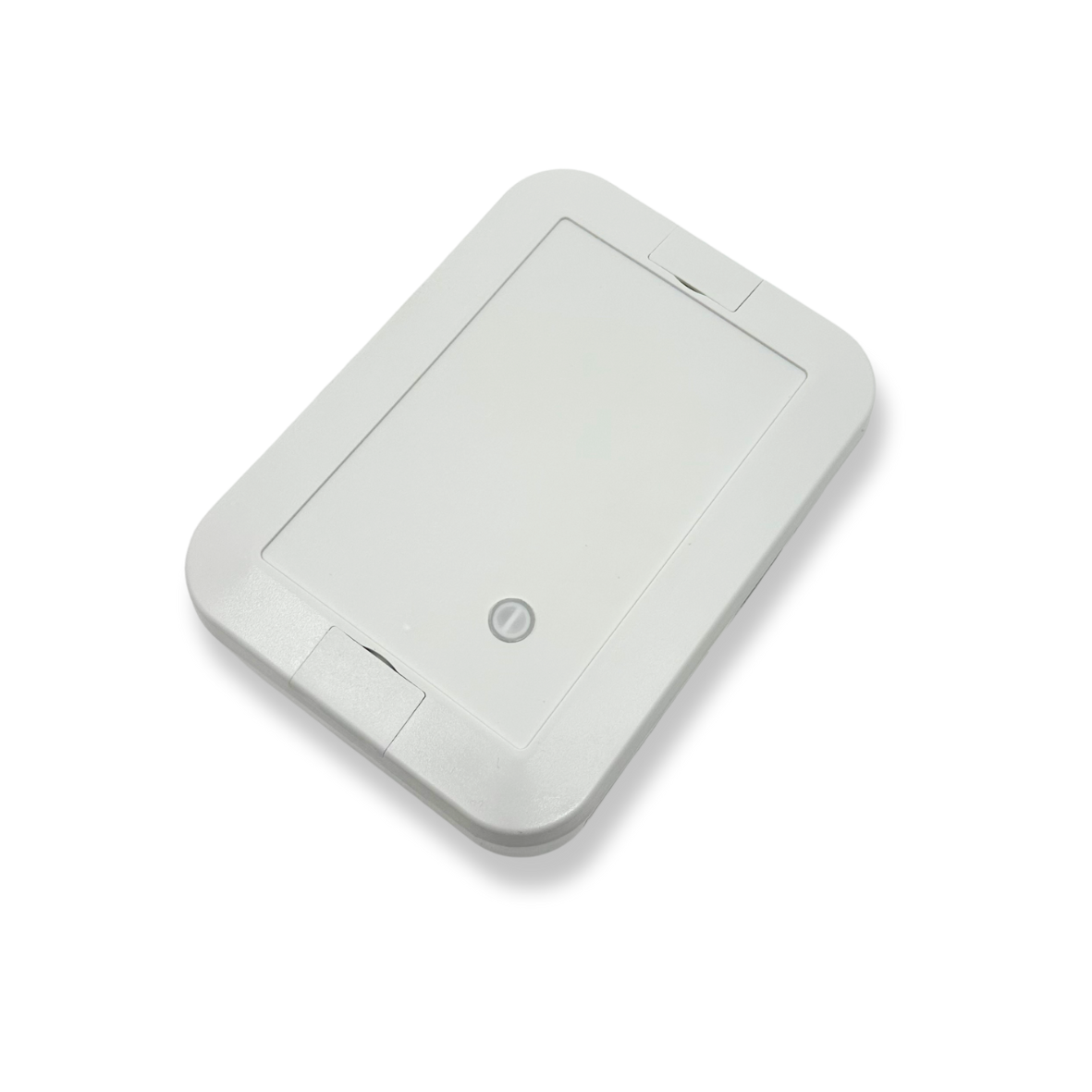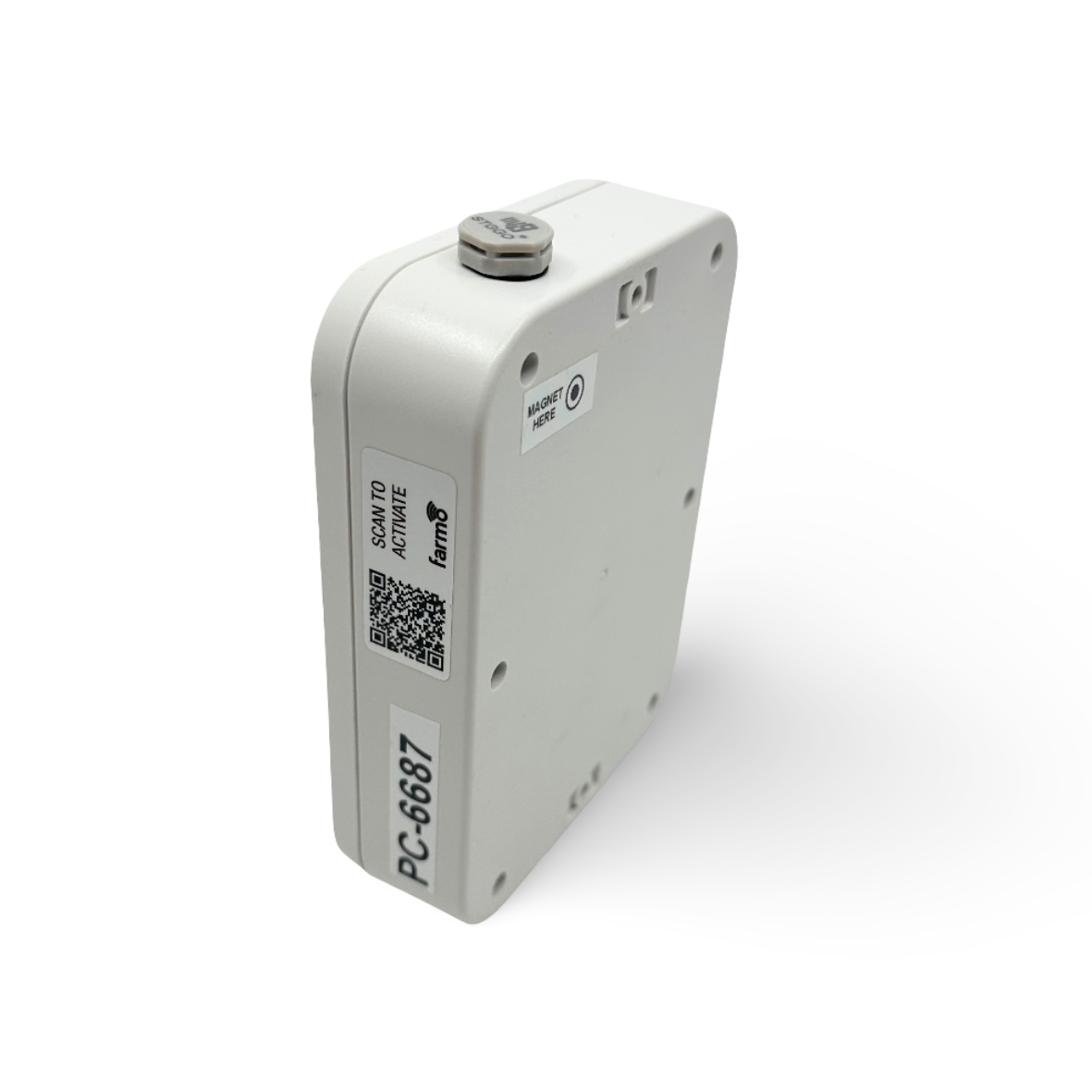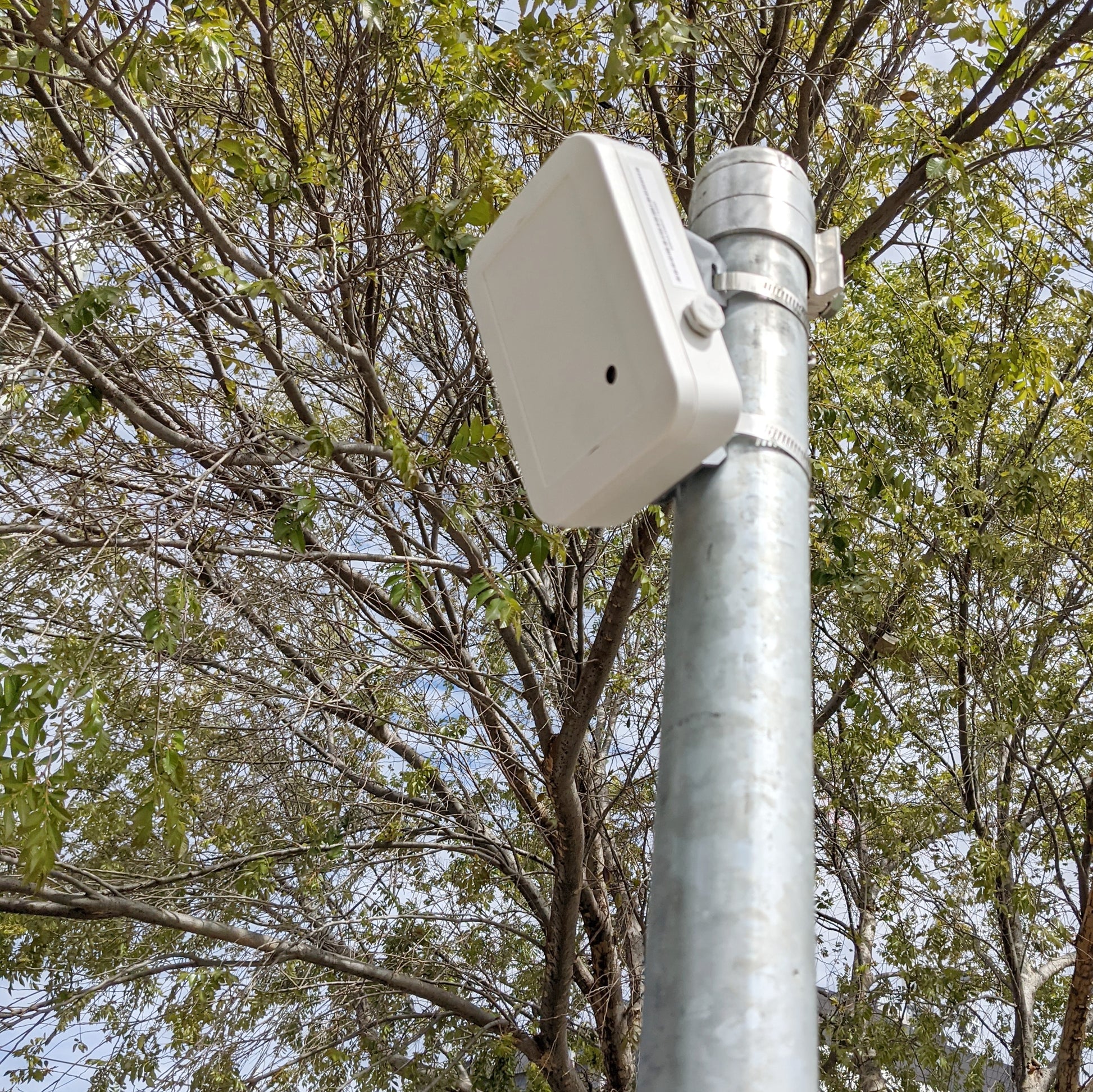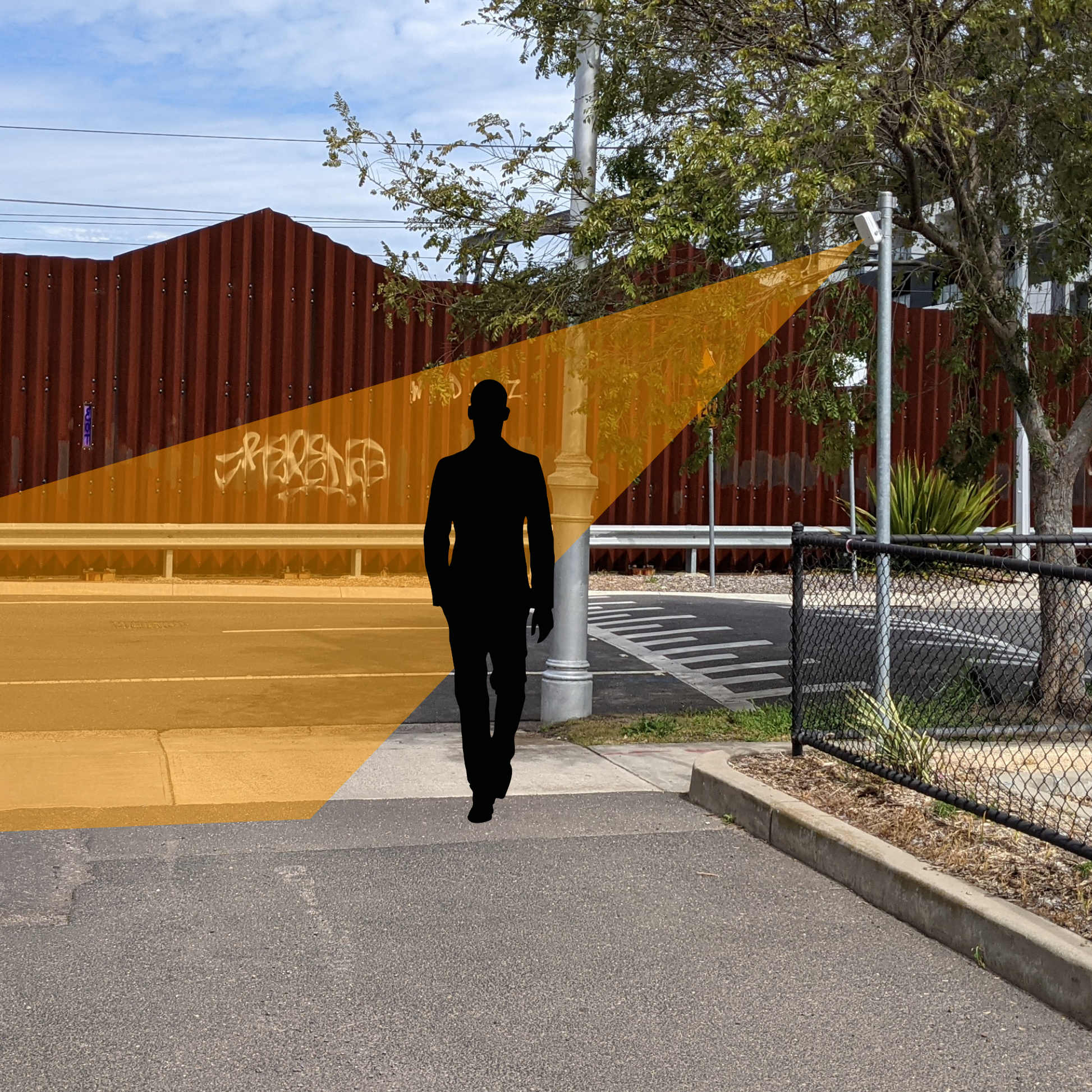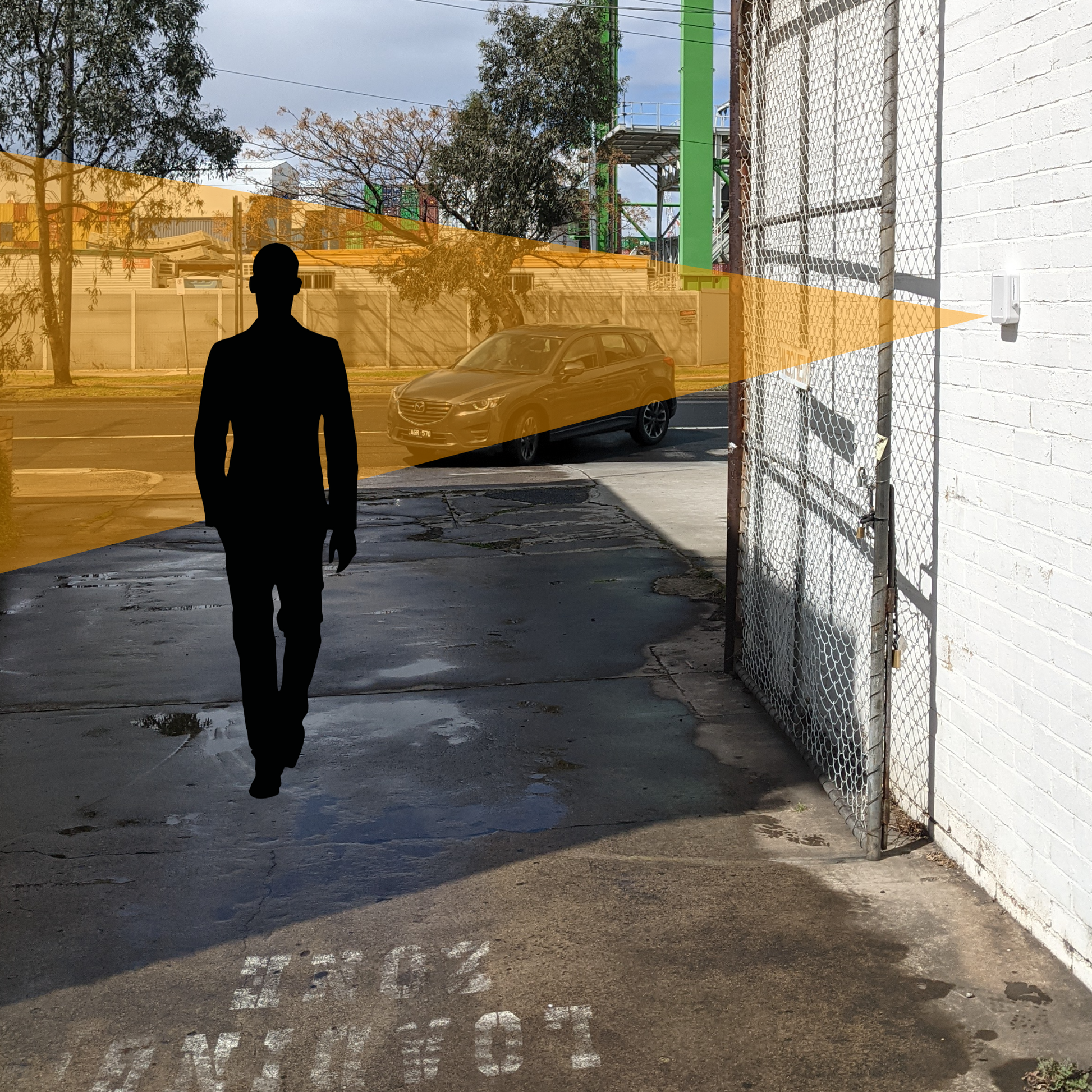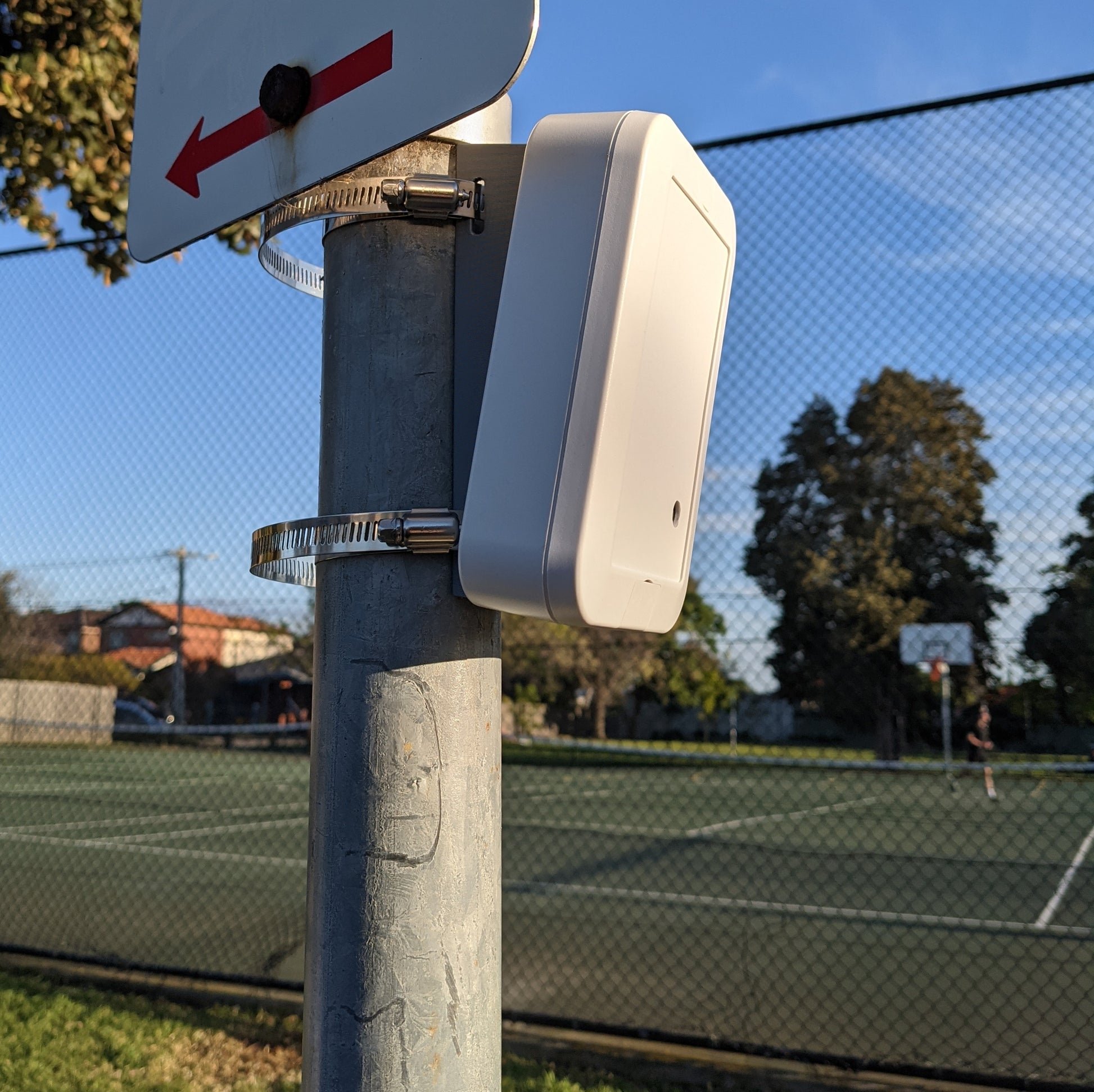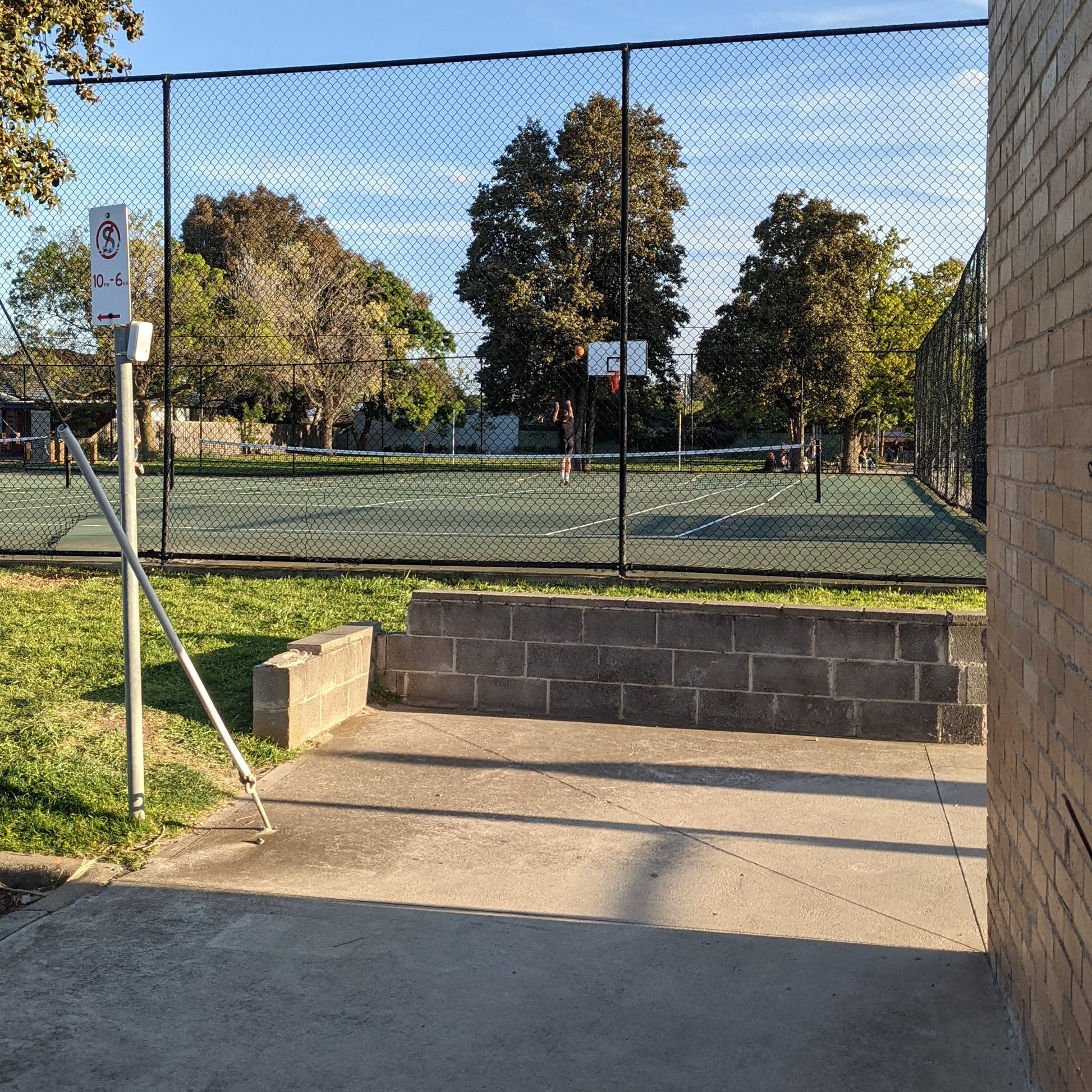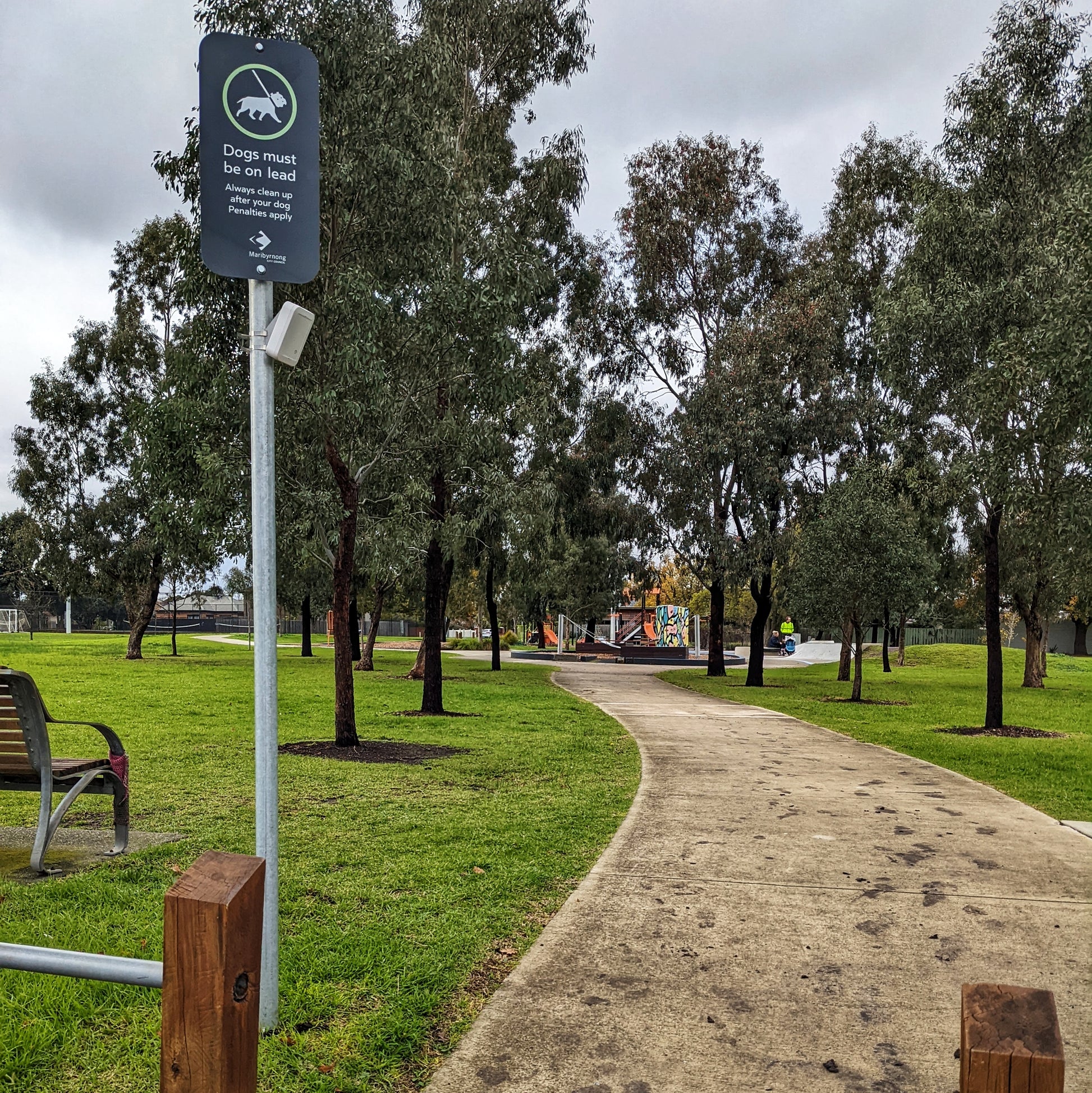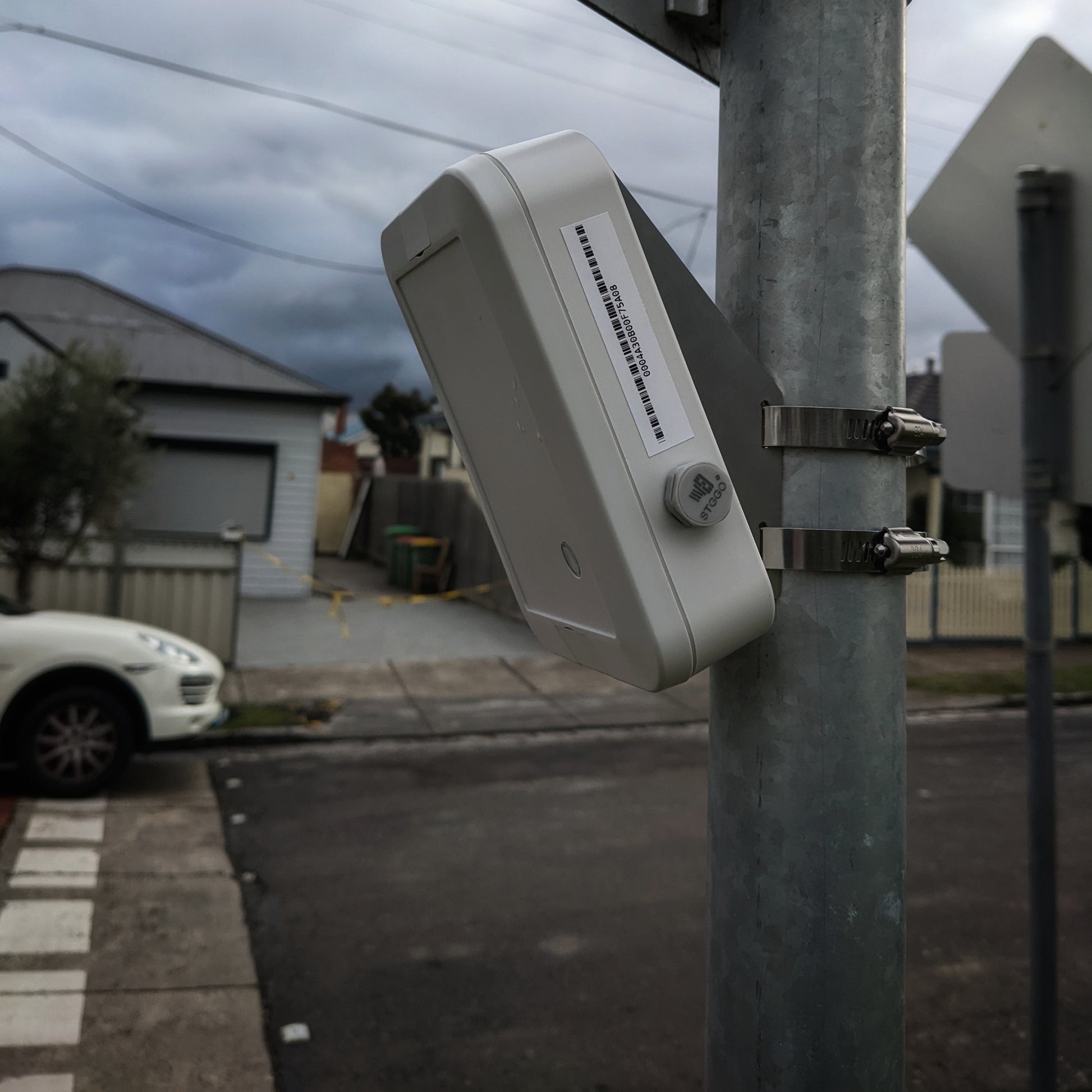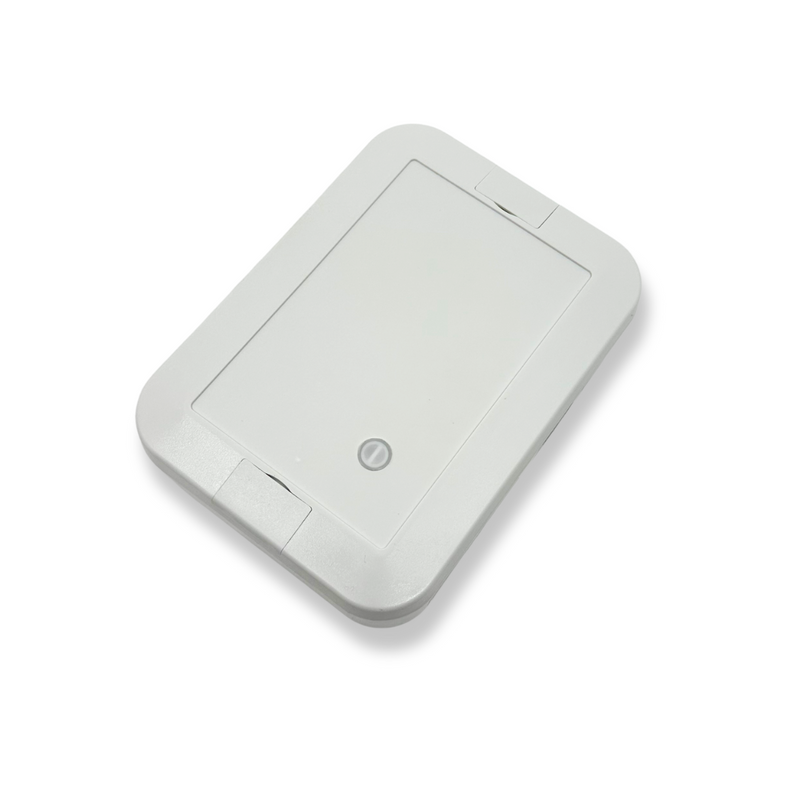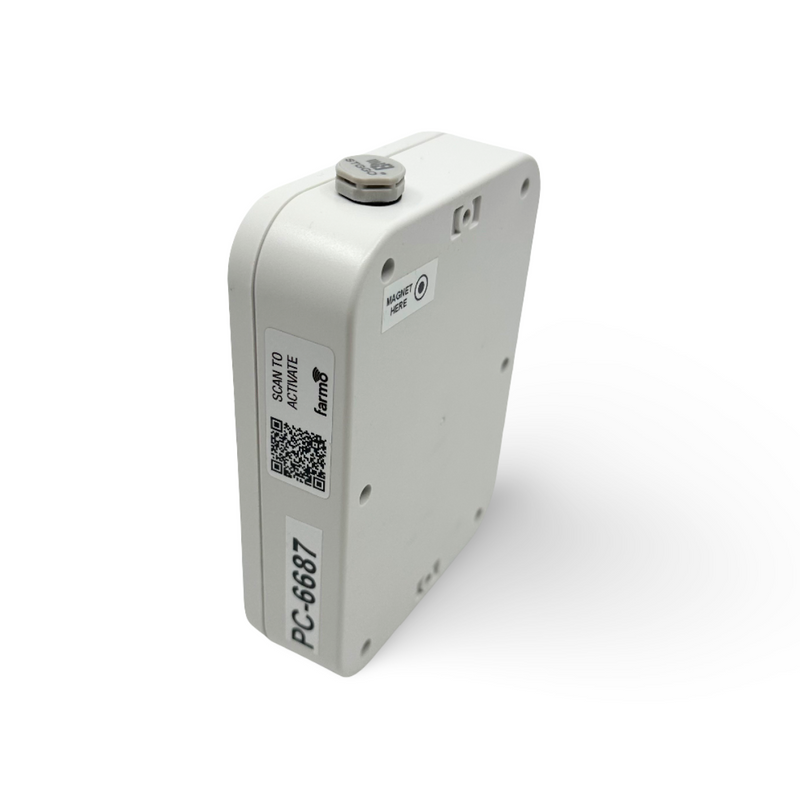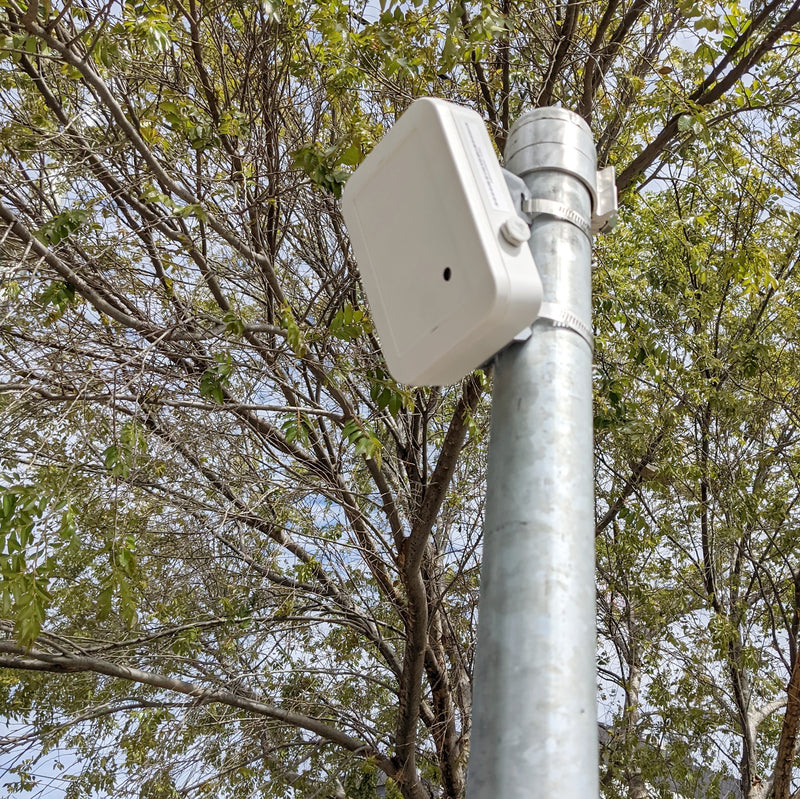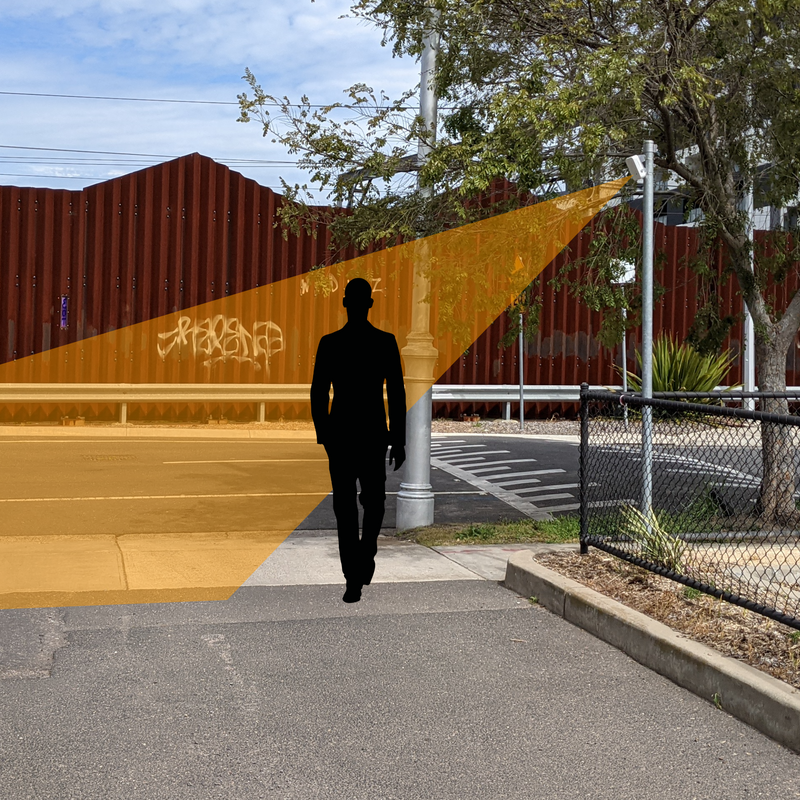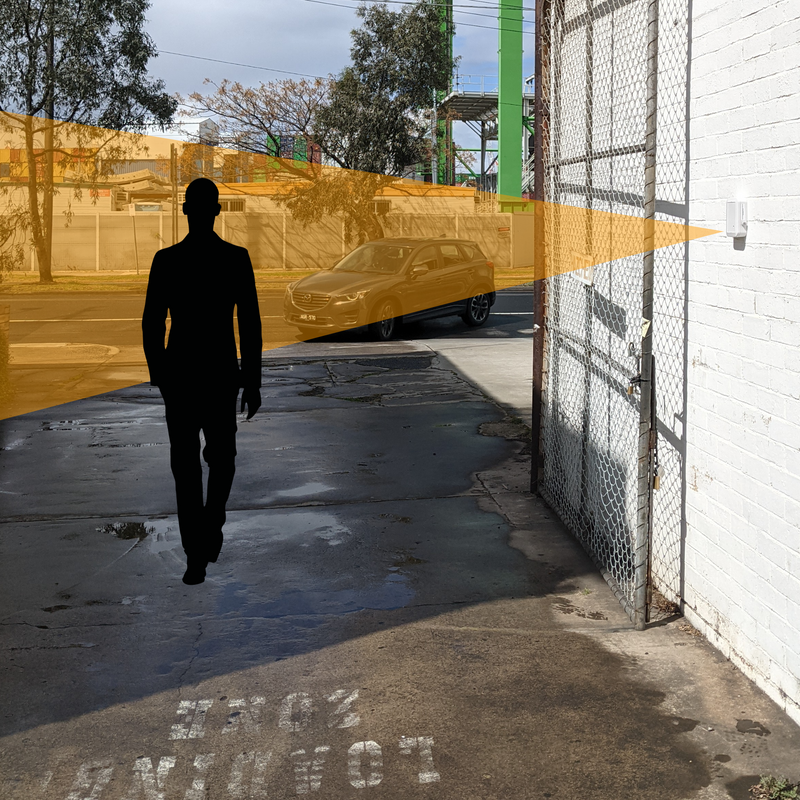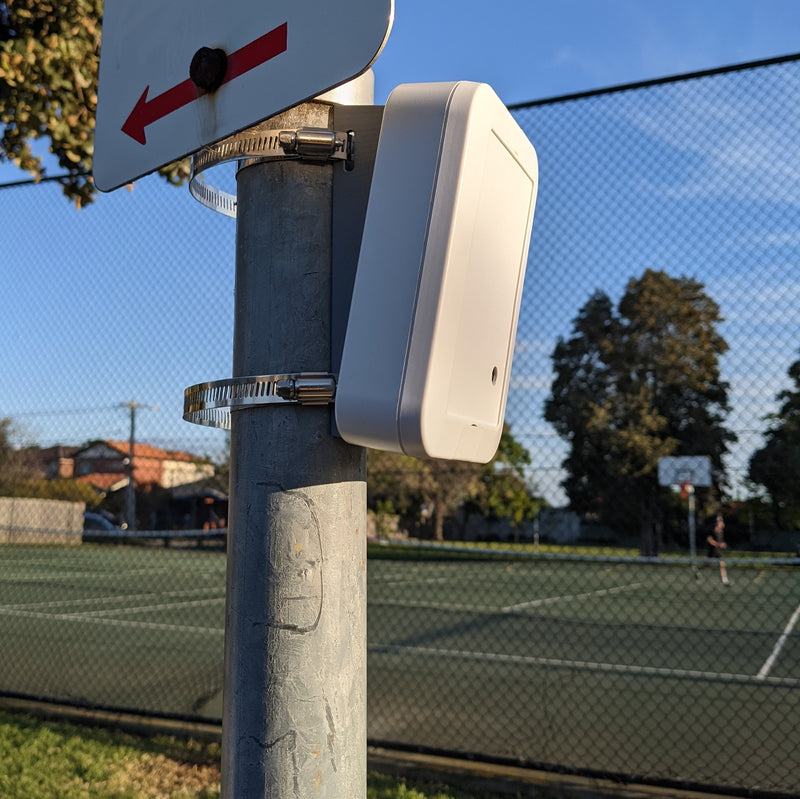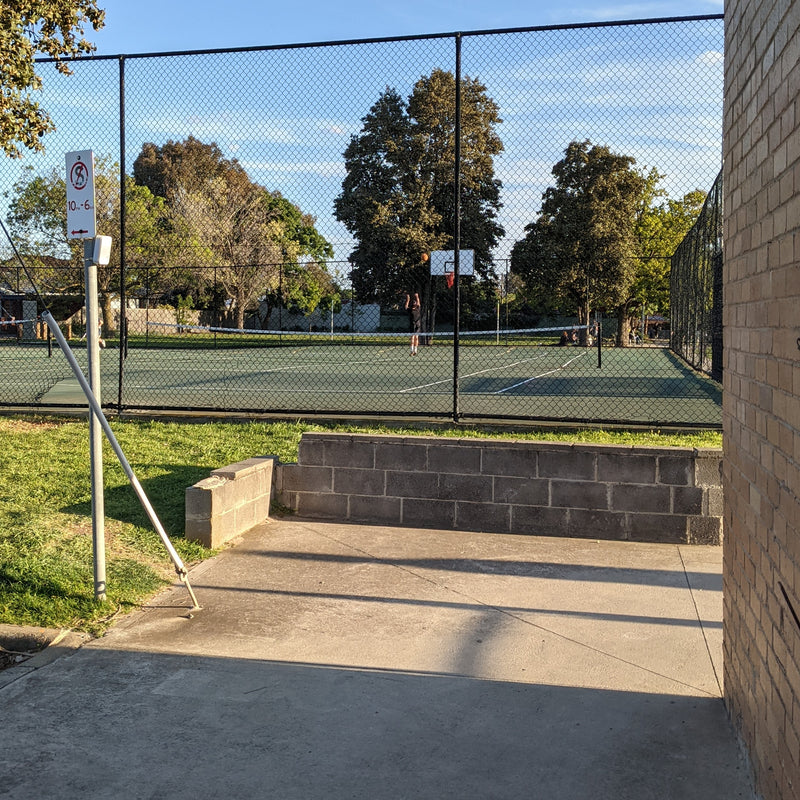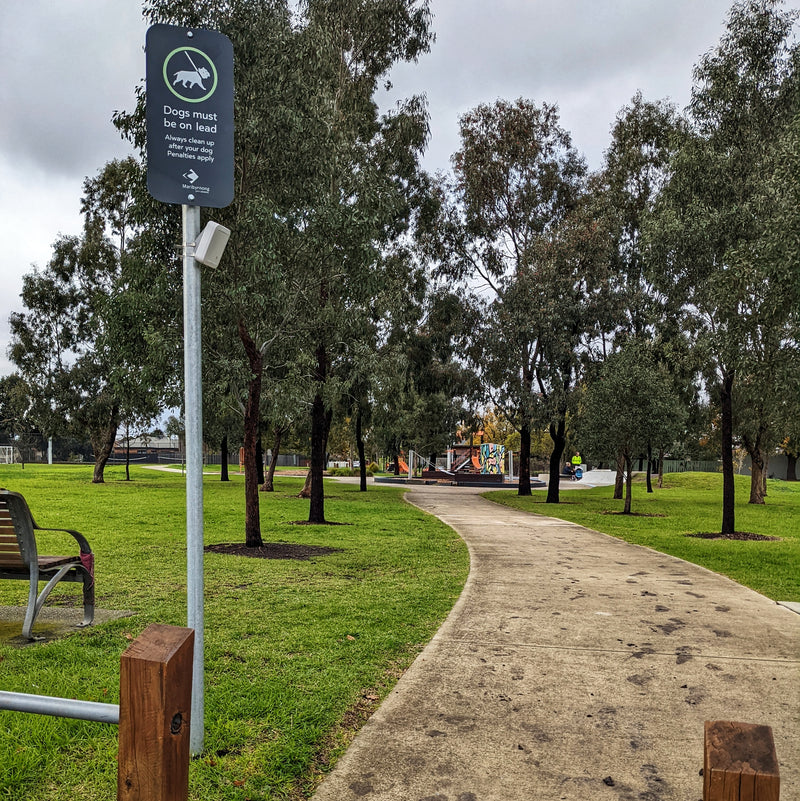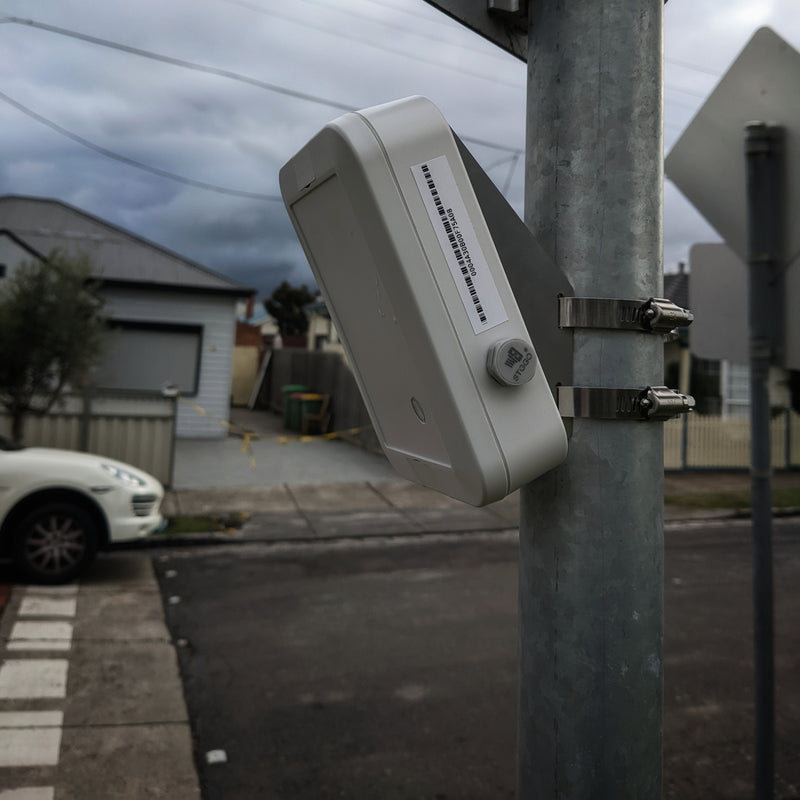 Smarter Insights for Smarter Parks
Smarter Insights for Smarter Parks
How do people really use public open space? That was the question at the heart of the Data in the Park initiative at Melbourne’s Royal Park. Project leaders wanted to capture accurate insights into how residents and visitors interact with the park’s pathways and entry points.
But there was a challenge: many areas in the park had limited or no access to mains power. Any solution would need to be fully battery-powered, easy to deploy across multiple locations, and capable of providing reliable data over the long term.
The Challenge
-
No access to mains power – Sensors needed to be fully self-contained and battery -powered.
-
Multiple monitoring points – Five separate locations within the park needed coverage.
-
Reliable data capture – Continuous monitoring was required to support evidence-based decisions for planning and community reporting.
The Farmo Solution
Farmo Industrial delivered a simple, robust answer: battery-powered IoT people counters.
-
Five counters were deployed across selected pathways and park entries.
-
Devices connected via cellular IoT networks, meaning there was no need for Wi-Fi or external power.
-
Data was automatically collected and displayed in the Farmo App, providing both real-time reporting and historical records.
This approach made deployment straightforward and provided park managers with a clear view of how people were moving through the space.
Results and Impact
The project delivered valuable outcomes:
-
Reliable visitor data across multiple sites.
-
Evidence-based insights into how the community uses open space.
-
Support for long-term planning, allowing decision-makers to improve facilities and design upgrades based on real usage patterns.
Client Feedback
As part of the Data in the Park (Royal Park) project, we required a battery-powered sensor solution due to limited access to mains power. Our objective was to measure people’s movement and activity across several key locations within the park.
To achieve this, we deployed five Farmo people counters, which provided reliable data on visitor activity. The insights gained have been valuable in understanding how the community uses open space and in supporting evidence-based decision making for park planning and management.”
Why It Matters
Projects like this demonstrate how technology can improve the way communities manage and invest in public spaces. With the right tools, planners can move beyond assumptions and base decisions on hard data, ensuring parks remain welcoming and accessible for everyone.

